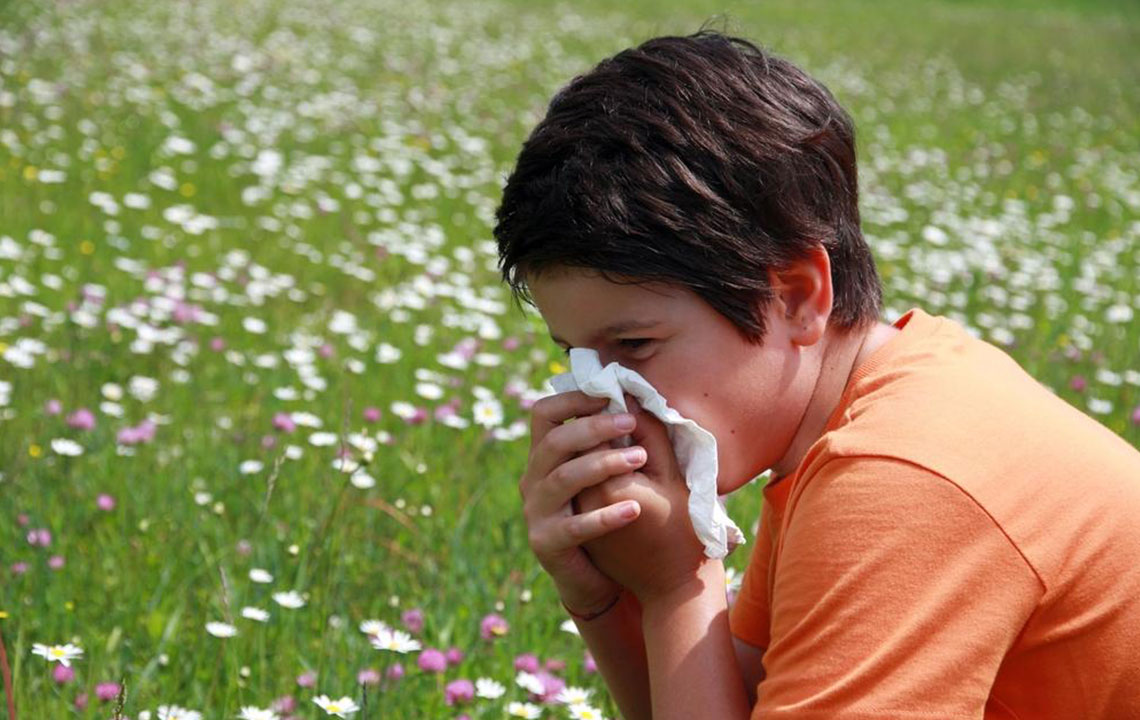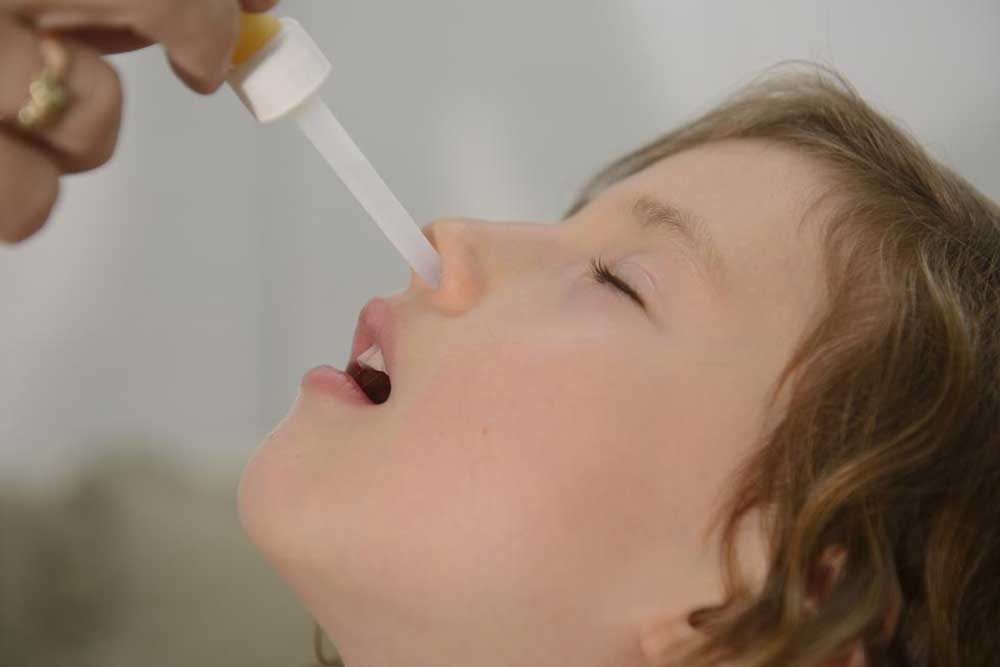Understanding the Causes of Respiratory Blockages and Lung Discomfort: A Comprehensive Guide
This comprehensive guide explores the causes, symptoms, diagnosis, and management of respiratory congestion, including nasal and chest blockages. It emphasizes the importance of identifying underlying factors such as infections, allergies, structural issues, and environmental influences. The article offers practical advice on treatment options, preventive measures, and emerging innovations in respiratory care to help individuals breathe easier and maintain respiratory health effectively.

Understanding the Causes of Respiratory Blockages and Lung Discomfort: A Comprehensive Guide
Respiratory congestion is a common health issue characterized by the accumulation of mucus, fluids, or inflammation within the respiratory system, including the nasal passages, sinuses, and lungs. This condition can manifest as difficulty in breathing, persistent coughs, chest tightness, or discomfort, significantly affecting daily life and overall health. While many cases of respiratory congestion are temporary and resolve with proper care, some may indicate severe underlying health problems such as lung infections, heart issues, or structural abnormalities requiring medical attention. Recognizing the key factors that contribute to respiratory blockages is essential in ensuring proper diagnosis and effective treatment.
Respiratory congestion can affect individuals of all ages, but infants and the elderly are particularly vulnerable due to weaker immune systems and smaller airway passages. In infants, nasal congestion can interfere with breathing and feeding, which can lead to dehydration or weight loss if not addressed promptly. In adults, persistent congestion can impair sleep quality, reduce oxygen intake, and contribute to chronic respiratory conditions. Understanding the differences between nasal and chest congestion, their causes, symptoms, and appropriate management strategies can help individuals maintain respiratory health effectively.
Types of Respiratory Congestion and Their Symptoms
Nasal Congestion: Typically characterized by a blocked or stuffy nose due to inflamed blood vessels in the nasal passages. It often results in difficulty breathing through the nose, a sensation of fullness, and sometimes, a loss of smell. Nasal congestion can cause mouth breathing, which might lead to dry mouth and sore throat.
Chest Congestion: Involves the buildup of mucus or fluids within the lungs and bronchial tubes. Symptoms include a persistent cough that may be dry or produce phlegm, chest tightness, wheezing, and shortness of breath. Chest congestion often accompanies infections like bronchitis or pneumonia.
Common Causes of Respiratory Blockages
Multiple factors can lead to respiratory congestion, ranging from infections to structural anomalies. Some of the most prevalent causes include:
Infections: Viral infections such as colds and influenza, bacterial infections like pneumonia, bronchitis, and tuberculosis are typical culprits that inflame airways, leading to mucus production and swelling.
Allergies and Sinus Issues: Allergic reactions to pollen, dust mites, pet dander, or molds can cause nasal inflammation. Sinus infections or sinusitis can block airflow and drainage pathways, worsening congestion symptoms.
Structural Abnormalities: Deviated septa, nasal polyps, or enlarged turbinates can physically obstruct nasal passages, impairing airflow.
Cardiac Conditions: Heart problems, such as congestive heart failure, can lead to fluid accumulation in the lungs, resulting in pulmonary congestion and breathing difficulties.
Environmental Factors: Exposure to pollutants, tobacco smoke, dry air, and industrial fumes can inflame and irritate the respiratory lining, prolonging congestion.
Diagnosis and When to Seek Medical Attention
Diagnosing respiratory congestion involves clinical evaluation, including listening to breathing sounds with a stethoscope, visual examination of nasal passages, and imaging studies like chest X-rays or CT scans if necessary. Pulmonary function tests may be performed to assess lung capacity and airflow. Blood tests can help identify infections or allergic responses.
Immediate medical attention is recommended if symptoms are severe, persistent, or worsening. Signs indicating urgent care include difficulty breathing, chest pain, high fever, confusion, or bluish lips or fingertips. Early diagnosis and targeted treatment are crucial to prevent complications such as pneumonia, chronic bronchitis, or heart failure progression.
Effective Management and Prevention Strategies
Managing respiratory congestion involves a combination of home remedies, lifestyle adjustments, and medical interventions. Some effective approaches include:
Hydration: Drinking plenty of fluids helps thin mucus, making it easier to expel and clear congestion.
Rest: Adequate sleep and rest support the immune system in combating infections.
Humidification: Using humidifiers or steam inhalation moisturizes respiratory passages, alleviating dryness and irritation.
Medication: Over-the-counter decongestants, antihistamines, and cough suppressants can provide symptom relief. Prescription medications may be necessary for bacterial infections or structural issues.
Addressing Triggers: Avoiding allergens, pollutants, and irritants reduces inflammation and prevents flare-ups.
Structural Treatments: Surgery or nasal treatments may be considered for structural abnormalities obstructing airflow.
Preventive measures are equally important for maintaining respiratory health. Regular handwashing, vaccination (such as influenza and pneumonia vaccines), and avoiding smoking can significantly reduce the risk of developing congestion. For individuals with chronic respiratory conditions, ongoing management under medical supervision is vital to prevent exacerbations and promote better breathing.
The Role of Lifestyle and Environmental Factors
Your environment and lifestyle choices significantly influence respiratory health. Exposure to air pollution, cigarette smoke, and occupational fumes can irritate respiratory tissues and exacerbate congestion. Maintaining good indoor air quality through air purifiers, avoiding pollutants, and ensuring proper ventilation can help reduce risks. Additionally, managing stress through relaxation techniques and maintaining a nutritious diet support immune health, making the respiratory system more resilient to infections and irritants.
Innovations and Future Directions in Respiratory Care
The field of respiratory disease management continues to evolve, with innovations focusing on minimally invasive procedures, personalized medicine, and advanced diagnostic tools. New medications targeting specific pathways involved in inflammation and mucus production are being developed. Wearable devices capable of monitoring respiratory parameters in real-time provide valuable data for early intervention. Telemedicine also plays a growing role, enabling remote diagnosis and management, especially critical during pandemics or in remote areas. Continued research aims to improve patient outcomes, reduce healthcare costs, and enhance quality of life for those affected by respiratory conditions.





